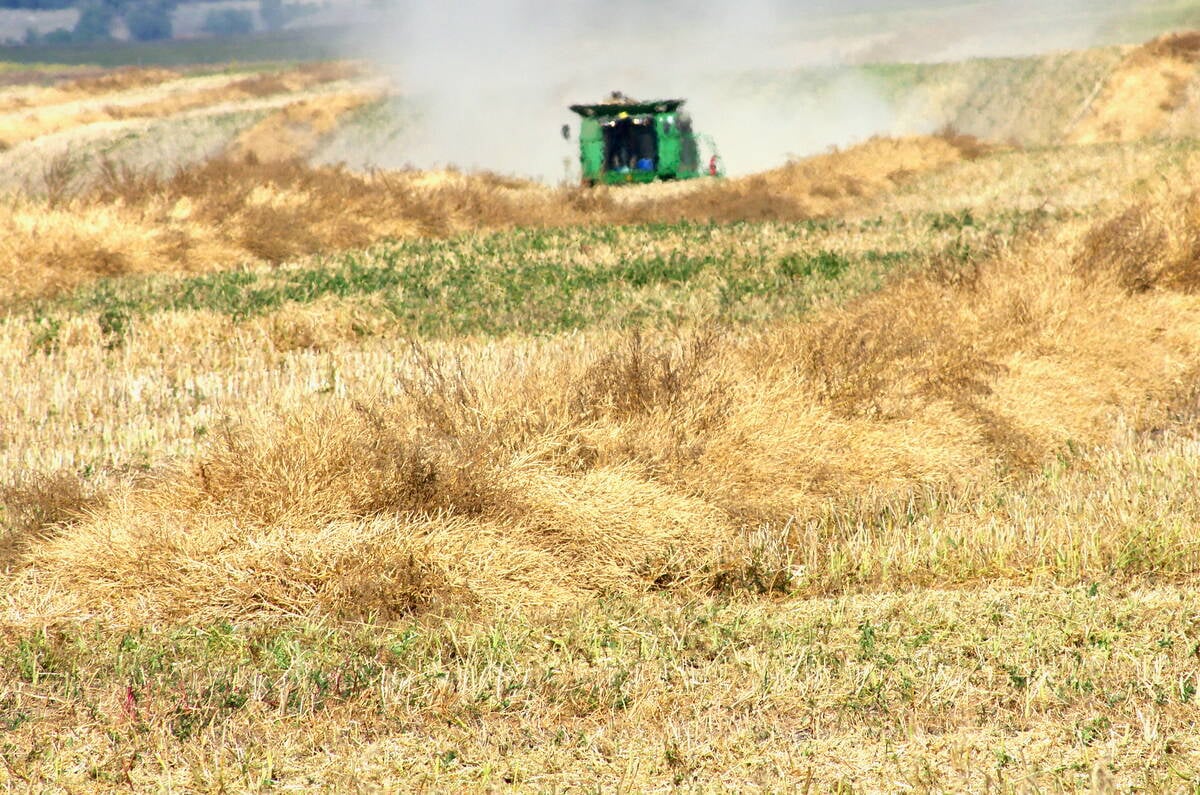WINNIPEG – According to the Chinese calendar, this is the year of the pig, characterized by high productivity and profits.
But according to livestock outlooks presented at Grain World 1995, the upcoming year is looking slightly more profitable for the cow than the hog as both industries move into the year with predicted higher levels of production.
“Things don’t look really rosy for the next 12 months,” said Alvin Ulrich, an economist with the University of Saskatchewan in his pork outlook. He said total supplies of pork, beef and poultry are expected to be at record highs.
Read Also

Manitoba searches for Plan B on canola oil exports
A new report explores Manitoba’s current canola oil trade and possible alternative markets to the U.S.
Meanwhile, Robert Lee of Sparks Companies in the U.S. got the group of otherwise staid grain and livestock executives on their feet chanting, “Where’s the beef?”
Lee said that as long as the economy continues to grow, beef prices won’t slide too much.
Ulrich said pork production rose by five percent in Canada and two percent in the U.S. in 1994. This year, Canada will see a two percent growth while the U.S. will experience five percent more production.
Prices steady
Ulrich predicted lower prices, higher interest rates and higher feed grain prices for 1995. He said he doesn’t expect current prices to change much over the year.
Because the domestic livestock industry is the biggest market for Canadian cereals, and feed is the biggest cost for pork producers, the grain industry should find ways to market feed grains more effectively to the hog industry, he said.
Lee said world beef production should expand by 15 percent from 1994 to the end of the decade to 54.5 million tonnes. However, he projected world consumption to be 1.6 million tonnes less than production, possibly adding pressure to prices.
He predicted Canada will increase its production by 30 percent to 1.3 million tonnes by the year 2000, with consumption at 1.2 million tonnes.
In both countries, Lee said growth will happen “pretty much on the beef side of the business,” as dairy cow and heifer numbers stay relatively constant.
Lee said beef production in Canada last year is projected to have been one million tonnes and will rise six percent next year. In the U.S., 1994 beef production is projected at 10.9 billion kilograms and will rise 2.7 percent next year.
He said if domestic and export demands hold, prices will stay reasonably firm in both markets, but may be slightly below last year’s average prices.
“There’s no major, as they say, ‘in the tank’ price forecast,” Lee said.
He predicted average Canadian feeder steer prices will be around $111.25. This is a $3.94 premium to Oklahoma City prices, but $7.11 lower than Canadian 1994 average prices.
Meanwhile, he said average slaughter cattle prices will be around $86.46, which is $9.20 less than Texas Panhandle prices.
“Exchange rates had a fairly significant influence on price relationships between Canada and the U.S.,” Lee noted.
In trade outlooks, Lee said Canadian and U.S. beef exports will grow 22 percent and 42 percent respectively, but could gain even larger shares of the world market depending on how Australian production is affected by drought.














